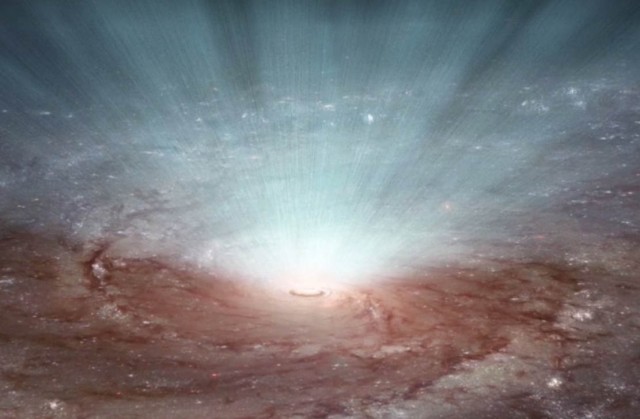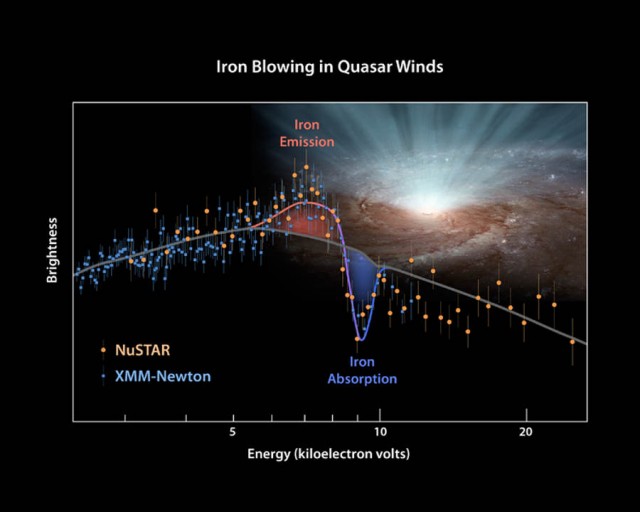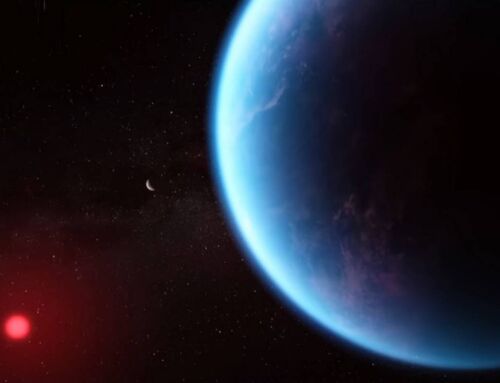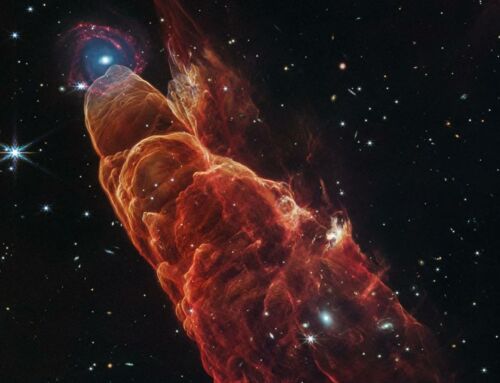In a new study, astronomers determined PDS 456, an extremely bright black hole known as a quasar more than 2 billion light-years away, sustains winds that carry more energy every second than is emitted by more than a trillion suns.
NASA’s Nuclear Spectroscopic Telescope Array (NuSTAR) and ESA’s (European Space Agency) XMM-Newton telescope are showing that fierce winds from a supermassive black hole blow outward in all directions — a phenomenon that had been suspected, but difficult to prove until now.
Supermassive black holes blast matter into their host galaxies, with X-ray-emitting winds traveling at up to one-third the speed of light.
This discovery has given astronomers their first opportunity to measure the strength of these ultra-fast winds and prove they are powerful enough to inhibit the host galaxy’s ability to make new stars.
Fiona Harrison of the California Institute of Technology (Caltech) in Pasadena, California, said:
“We know black holes in the centers of galaxies can feed on matter, and this process can produce winds. This is thought to regulate the growth of the galaxiesKnowing the speed, shape and size of the winds, we can now figure out how powerful they are.”
The study’s lead author, Emanuele Nardini of Keele University in England, said:
“Now we know quasar winds significantly contribute to mass loss in a galaxy, driving out its supply of gas, which is fuel for star formation.”
NuSTAR and XMM-Newton simultaneously observed PDS 456 on five separate occasions in 2013 and 2014. The space telescopes complement each other by observing different parts of the X-ray light spectrum: XMM-Newton views low-energy and NuSTAR views high-energy.
Norbert Schartel, XMM-Newton project scientist at ESA, said:
“This is a great example of the synergy between XMM-Newton and NuSTAR. The complementarity of these two X-ray observatories is enabling us to unveil previously hidden details about the powerful side of the universe.”
source jpl.nasa







Leave A Comment